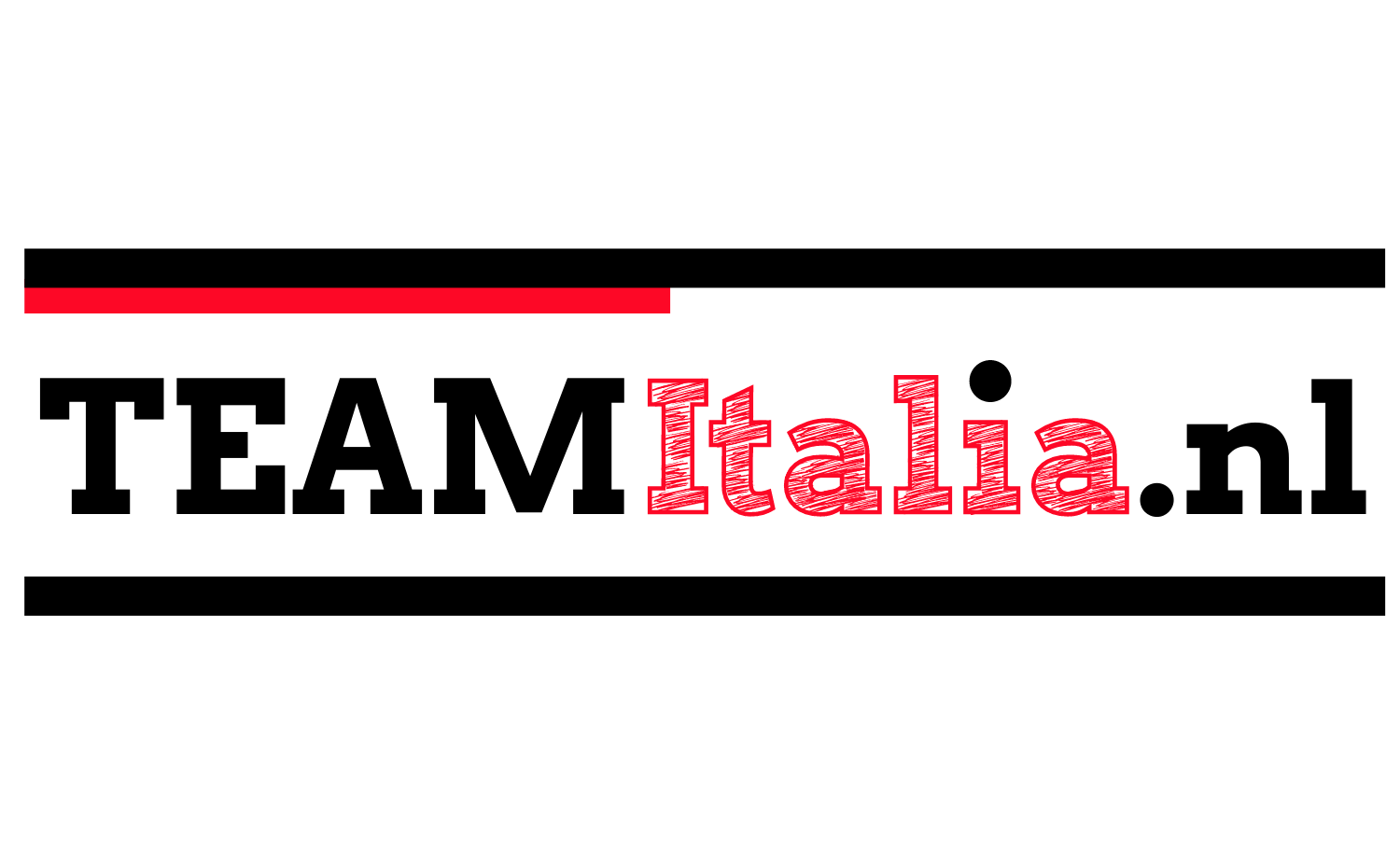As do many European countries, Italy is trying to find the right balance between measures to keep the virus and its more contagious mutations in check and providing wiggle room to the economy and its people.
Politicians are demanding more freedom
Where epidemiologists ask for tougher measures, several politicians are demanding more freedom. At the same time, the government is trying to find the right balance between supporting the economy’s recovery from last year’s 8.9% contraction and winding down support in order to not keep insolvable firms and unviable jobs alive forever .
Last but not least, the new Draghi government is tasked with formulating and implementing a comprehensive investment and reform plan, to improve the economic outlook and debt sustainability of an ageing country that has failed to overcome the previous two crises and show material growth since the start the century
Draghi government is tasked with formulating and implementing a comprehensive investment and reform plan.
Yet short-term outlook remain grim
The short-term outlook remains very clouded by the development of the virus and its mutations, the necessary containment measures to keep the situation under control and the subdued vaccination campaign.
So far 5% of the population has been inoculated.
According to the government’s forecast of vaccine deliveries, Italy should have received sufficient vaccines to inoculate 60% of its population – with two shots, if necessary – by the end of Q2 and 100% over the course of Q3.
The economic impact of the EU recovery fund
Italy is slow in spending money from European Structural and Investment Funds (ESIF)
By 4 March 2021, it had consumed only 53% of the available funds under the multiannual EU budget 2014-2020, ranked 22nd among all member states.

